Training highly intelligent dogs can be a rewarding and fulfilling experience. Not only does it provide mental stimulation for your furry friend, but it also fosters a stronger bond between you and your pet. By utilizing advanced training techniques, you can transform your intelligent pet into a well-behaved companion.
One effective training method is teaching dogs to communicate through soundboard buttons. Inspired by the work of Christina Hunger, a speech-language pathologist, pet owners have started using this technique to enable their dogs to “talk.” With the help of recordable buttons, dogs can express their feelings and engage in conversations with their humans.
Another powerful training approach for intelligent dogs is social learning. By observing and imitating their owners, dogs can quickly learn new skills and behaviors. The Do-As-I-Do training method allows dogs to mimic their owners’ actions, initially using verbal cues and eventually performing these actions independently.
In addition to communication and social learning, engaging your intelligent pet with challenging toys and puzzles can provide mental stimulation. Kong toys, for example, are designed to be filled with frozen treats, providing dogs with a delightful and engaging challenge. These interactive toys keep them occupied and mentally stimulated while enjoying a tasty reward.
Key Takeaways:
- Training highly intelligent dogs can be a mentally stimulating experience.
- Using soundboard buttons can enable dogs to communicate and “talk” with their owners.
- Social learning techniques, such as Do-As-I-Do training, allow dogs to learn by observing and imitating their owners.
- Engaging intelligent dogs with challenging toys, like Kong toys, provides mental stimulation and rewards.
- By incorporating advanced training techniques, you can transform your intelligent pet into a well-behaved companion.
Teaching Dogs to “Talk”
Communication is a fundamental aspect of our relationships with our pets. While dogs have their own unique ways of expressing themselves, have you ever wondered if they could learn to “talk” like humans? Christina Hunger, a speech-language pathologist, took on the challenge of teaching her dog Stella to communicate using a soundboard made up of recordable buttons.
Stella’s journey with the soundboard buttons began when Christina noticed her dog’s curiosity and desire to interact. Christina started by introducing simple words and phrases, such as “outside,” “play,” and “eat.” With consistent training and reinforcement, Stella quickly grasped the concept and began to express her needs and feelings using the buttons.
“Stella has learned to combine words and phrases to express her feelings and have conversations with her humans,” Christina shares.
Stella’s ability to use the soundboard buttons has opened up a new world of communication between her and her humans. She can now ask for activities she enjoys, such as going for a walk or playing fetch, and even express more complex emotions like feeling anxious or tired.
This innovative approach to dog communication has sparked curiosity and interest among dog owners and trainers alike. By using soundboard buttons, we can bridge the communication gap and have more meaningful interactions with our furry friends.
In the next section, we explore social learning training techniques that tap into dogs’ observational skills and their ability to imitate. Through these techniques, we can enhance their learning and further strengthen the bond between humans and dogs.
Social Learning Training Techniques
Dogs are incredibly observant creatures, capable of learning through social learning by emulating their owners’ actions. One popular method that harnesses this social learning is the Do-As-I-Do training technique, which enables dogs to acquire new skills by watching and imitating their human counterparts.
Initially, verbal cues are used to guide dogs through the training process. Simple commands accompanied by verbal prompts help dogs understand the desired behavior. For example, saying “sit” while demonstrating the action encourages dogs to associate the word with the corresponding action.
As the training progresses, dogs become more adept at interpreting and replicating actions without relying explicitly on verbal prompts. Through consistent practice and reinforcement, dogs develop an understanding of the behavior associated with particular cues, allowing them to perform actions independently.
“Do-As-I-Do training is a fun and interactive way to engage with your dog while teaching them new skills. It taps into their natural instinct to observe and imitate their human companions, facilitating both learning and bonding.”
Example of Social Learning Training Techniques:
| Training Steps | Actions |
|---|---|
| Step 1 | Demonstrate the desired behavior while giving a verbal cue. |
| Step 2 | Repeat the demonstration multiple times, reinforcing the association between the cue and the behavior. |
| Step 3 | Gradually reduce the reliance on verbal cues, allowing the dog to imitate the action based on observation. |
| Step 4 | Consistently reinforce the correct behavior through positive reinforcement, such as treats or verbal praise. |
With social learning training techniques, dogs not only acquire new skills but also develop better communication and problem-solving abilities. This form of training taps into their innate curiosity and desire to imitate, providing mental stimulation and fostering a closer bond between dogs and their owners.
Next, we’ll explore the importance of challenging toys and puzzles in keeping intelligent dogs mentally engaged and entertained.
Challenging Toys and Puzzles
When it comes to keeping intelligent dogs mentally stimulated, engaging them with challenging toys and puzzles is essential. One popular option is using Kong toys, which are designed to provide mental and physical stimulation for dogs of all sizes and breeds.
| Benefits of Kong Toys: | How to Use Kong Toys: |
|---|---|
| Kong toys promote mental stimulation | Fill the Kong toy with frozen treats |
| They encourage problem-solving skills | Add layers of food to increase difficulty level |
| Kong toys help prevent destructive behavior | Freeze the filled Kong toy for a longer-lasting challenge |
By adding layers of your dog’s favorite food and freezing them inside the Kong toy, you can create an interactive and challenging experience for your furry friend. The freezing process increases the difficulty level, as dogs have to work harder to extract the treats. Not only does this provide mental stimulation, but it also helps keep your dog occupied and entertained.
It’s important to ensure that the small holes in the Kong toy are not blocked. This precaution prevents suction and potential harm to your dog. Regularly inspect the toy for any signs of wear and tear, and replace it if necessary to maintain your dog’s safety.
Kong Toy Example:
Brain Games and Interactive Activities
In addition to teaching dogs to communicate and providing them with challenging toys, engaging in brain games and interactive activities is another effective way to provide mental stimulation and enrichment for your intelligent pet. These activities not only help keep their minds sharp but also create opportunities for bonding and fun.
Teaching Eye Contact
Teaching your dog to make eye contact with you on command is a simple yet powerful exercise that strengthens your connection and enhances communication. Start by holding a treat near your eyes and saying their name followed by the cue “look” or “watch me.” When they make eye contact, reward them with the treat and praise. Gradually reduce the use of treats and reinforce eye contact with verbal praise and petting.
Varying Walking Routines
Walks provide not only physical exercise but also mental stimulation for dogs. To make their daily walks more engaging, try varying the routes you take. Explore different neighborhoods, parks, and trails to expose your dog to new scents, sights, and sounds. This helps satisfy their curiosity and keeps their minds active as they explore their surroundings.
Playing the Hot and Cold Game
The hot and cold game is a fun and interactive activity that challenges your dog’s problem-solving skills. Start by hiding a treat or favorite toy in a specific location. Encourage your dog to search for it while providing verbal cues such as “hot” when they get closer to the hidden item and “cold” when they move away. Reward them with praise and treats when they find the hidden treasure.
Using a Snuffle Mat
A snuffle mat is a specialized interactive toy that stimulates dogs’ natural instinct to forage for food. It consists of strips of fabric that are intertwined, creating pockets to conceal treats or kibble. Sprinkle food throughout the mat and let your dog use their nose to search for and retrieve the hidden rewards. This activity engages their senses, encourages problem-solving, and provides mental stimulation.
“Engaging in brain games and interactive activities is a fantastic way to keep your intelligent pet mentally sharp and fulfilled. Activities such as teaching eye contact, varying walking routines, playing the hot and cold game, and using a snuffle mat challenge their senses, promote problem-solving, and strengthen the bond between you and your furry friend.”
Verbal and Non-Verbal Communication
When it comes to training intelligent pets, effective communication is key. Dogs have the remarkable ability to understand both verbal and non-verbal cues. By harnessing these communication channels, you can enhance your pet’s training experience and deepen your bond.
Word Association
One powerful technique in training dogs is word association. By consistently associating specific words with desired outcomes, you can expand their vocabulary and understanding. For example, by associating the word “sit” with the action of sitting, your dog will learn to respond to the command consistently. Through consistent repetition and positive reinforcement, your pet can quickly grasp a wide range of words and commands.
Hand Signals
In addition to verbal cues, hand signals provide a visual language that dogs can easily comprehend. Using distinct hand gestures alongside verbal commands helps dogs understand and respond to commands more effectively. For instance, a raised hand indicating “stay” coupled with the verbal command reinforces the desired behavior. Consistency in your hand signals is crucial for clear communication, so be sure to use the same hand motions each time you give a command.
“By consistently associating specific words with desired outcomes, you can expand their vocabulary and understanding.”
Talking Buttons
Talking buttons, like the ones used by Christina Hunger and Stella, offer another avenue for communication between dogs and humans. These buttons are programmed with recorded words or phrases, allowing dogs to express their needs or desires by pressing the corresponding button. This innovative tool not only enhances communication but also provides mental stimulation for your pet as they learn to associate buttons with specific actions or requests.
Integrating word association, hand signals, and talking buttons into your training approach can greatly enhance the communication between you and your intelligent pet. By providing clear and consistent signals, you’ll foster better understanding and strengthen the bond that you share.
Conclusion
Advanced training techniques and interactive activities are essential for providing mental stimulation and engagement to our intelligent pets. By incorporating communication, social learning, and challenging toys, we can unlock the full potential of our furry companions.
Through innovative training methods, such as teaching dogs to “talk” using soundboard buttons, we can bridge the communication gap and deepen our understanding of their needs and desires. This not only enhances their language skills but also strengthens the bond between humans and their intelligent pets.
In addition to communication, social learning techniques like Do-As-I-Do training allow dogs to observe and imitate their owners, expanding their repertoire of skills. By gradually removing verbal cues, dogs can perform actions independently, showcasing their intelligence and adaptability.
Challenging toys and puzzles, such as Kong toys filled with frozen treats, provide mental stimulation and keep our intelligent pets occupied. These toys engage their problem-solving abilities and prevent boredom, ensuring a happy and well-behaved companion.
FAQ
What are some advanced training techniques for intelligent pets?
Advanced training techniques for intelligent pets include teaching them to communicate through soundboard buttons, using social learning techniques, and engaging them with challenging toys and puzzles.
How can I teach my dog to “talk”?
You can teach your dog to “talk” by following the example of Christina Hunger, a speech-language pathologist, who taught her dog Stella to communicate using a soundboard made up of recordable buttons.
What is social learning training for dogs?
Social learning training for dogs involves teaching them new skills by having them observe and imitate their owners’ actions. One popular method is Do-As-I-Do training, where dogs watch and imitate their owners’ actions.
How can I provide mental stimulation for my intelligent dog?
Providing mental stimulation for your intelligent dog can be done by using Kong toys and other interactive toys with hidden treats or frozen food. These toys keep dogs occupied and mentally engaged.
What are some brain games and interactive activities for dogs?
Some brain games and interactive activities for dogs include teaching them eye contact, varying their walking routines, playing the hot and cold game, and using a snuffle mat for searching for treats.
How can I improve communication with my dog?
You can improve communication with your dog by associating specific words with desired outcomes, using distinct hand signals for commands, and even using talking buttons like those used by Christina Hunger and Stella.
What is the importance of advanced training techniques and interactive activities for intelligent pets?
Advanced training techniques and interactive activities play a crucial role in providing mental stimulation and engagement for intelligent pets. They help enhance their abilities and improve the bond between pets and their owners.

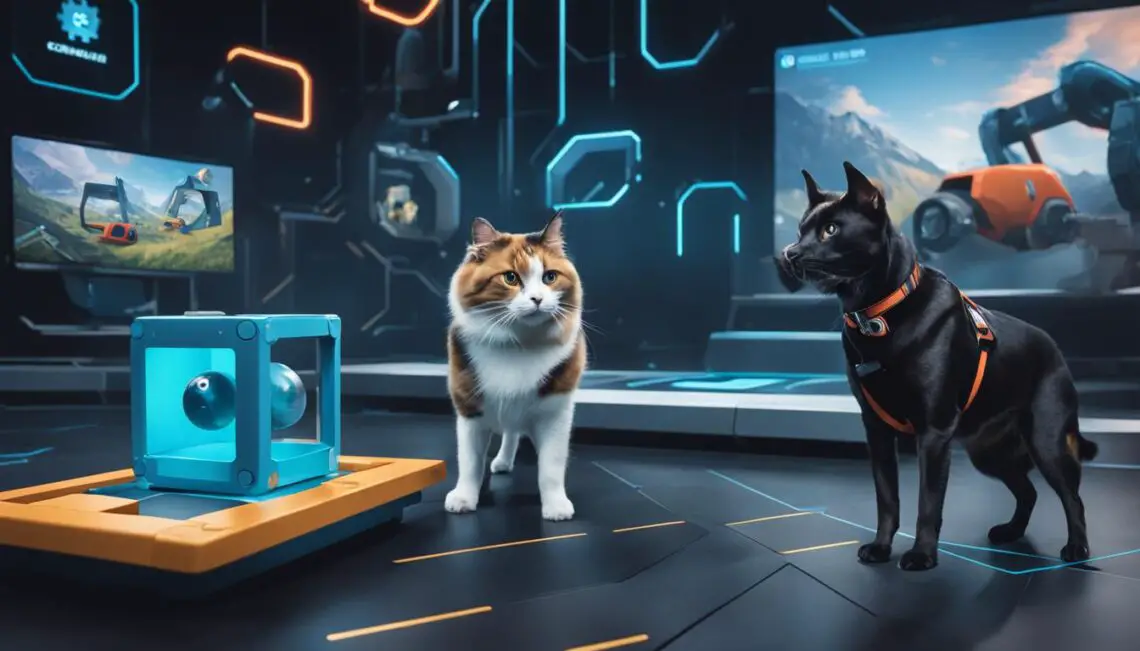
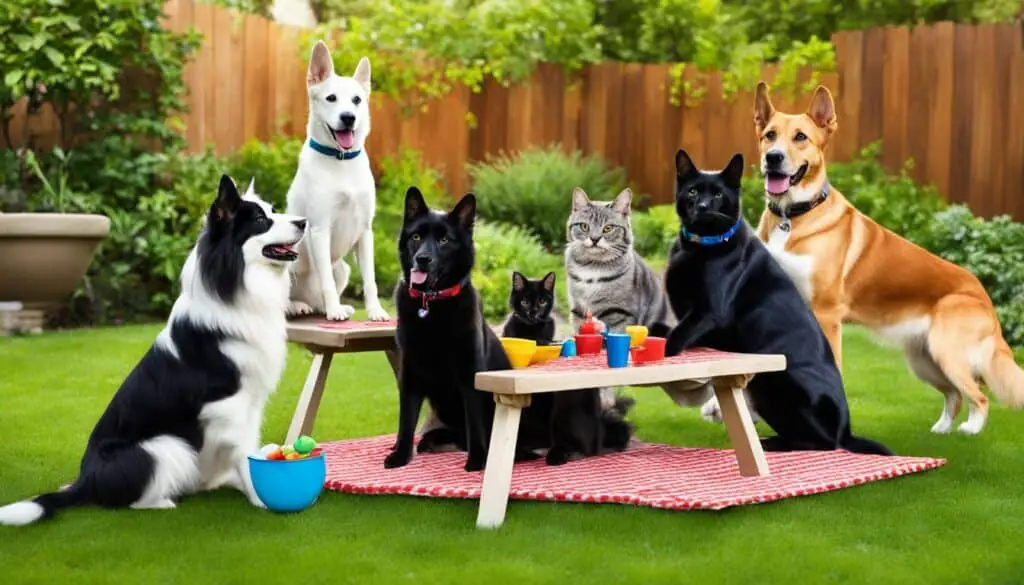
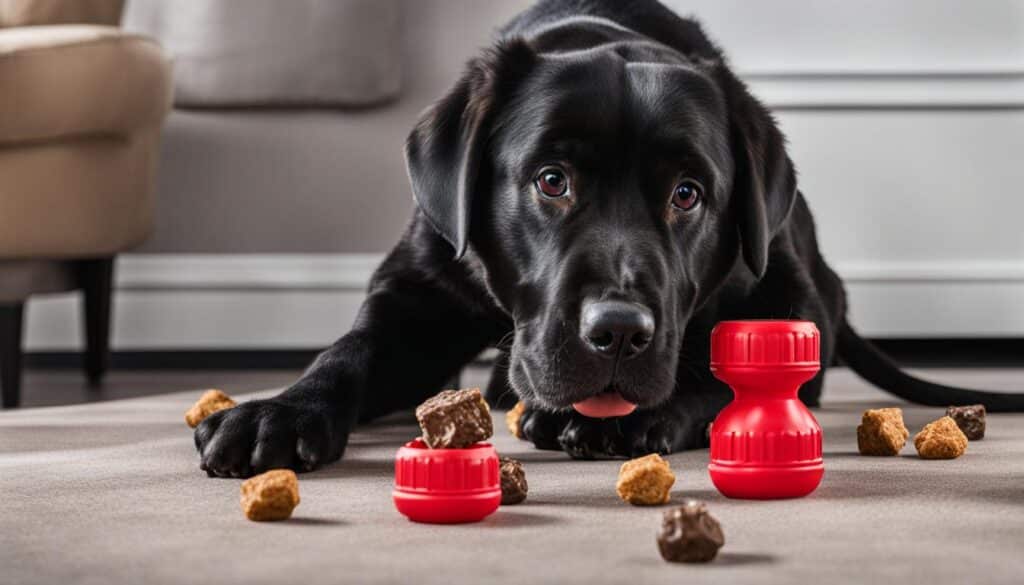
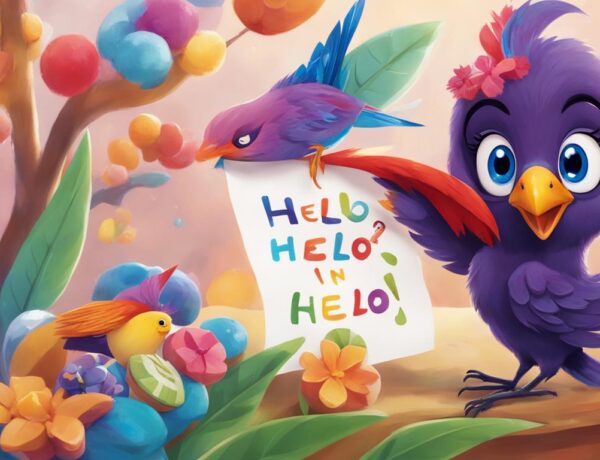
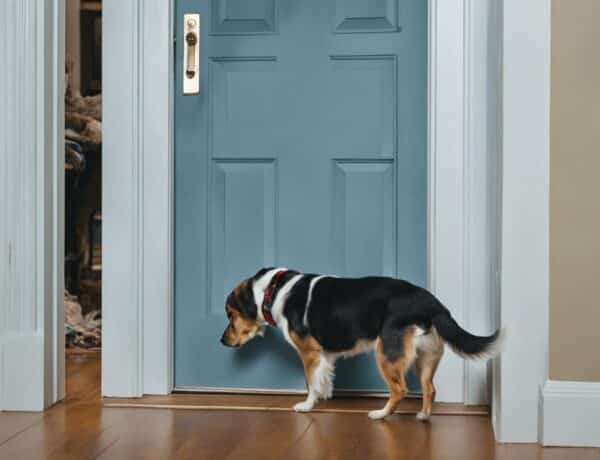

No Comments